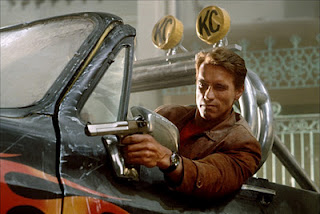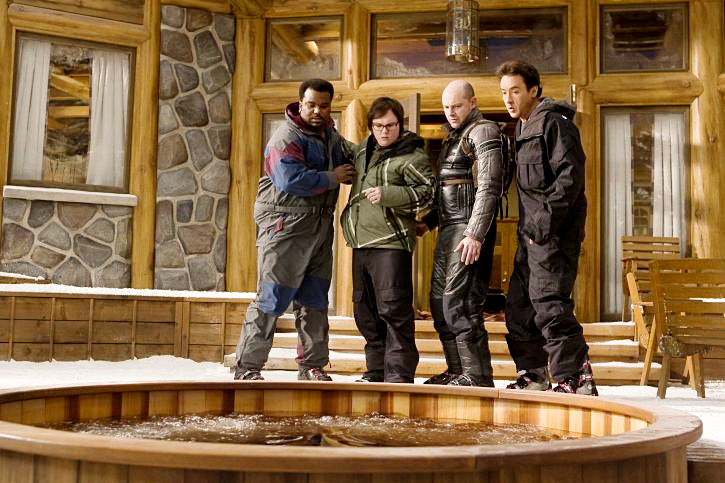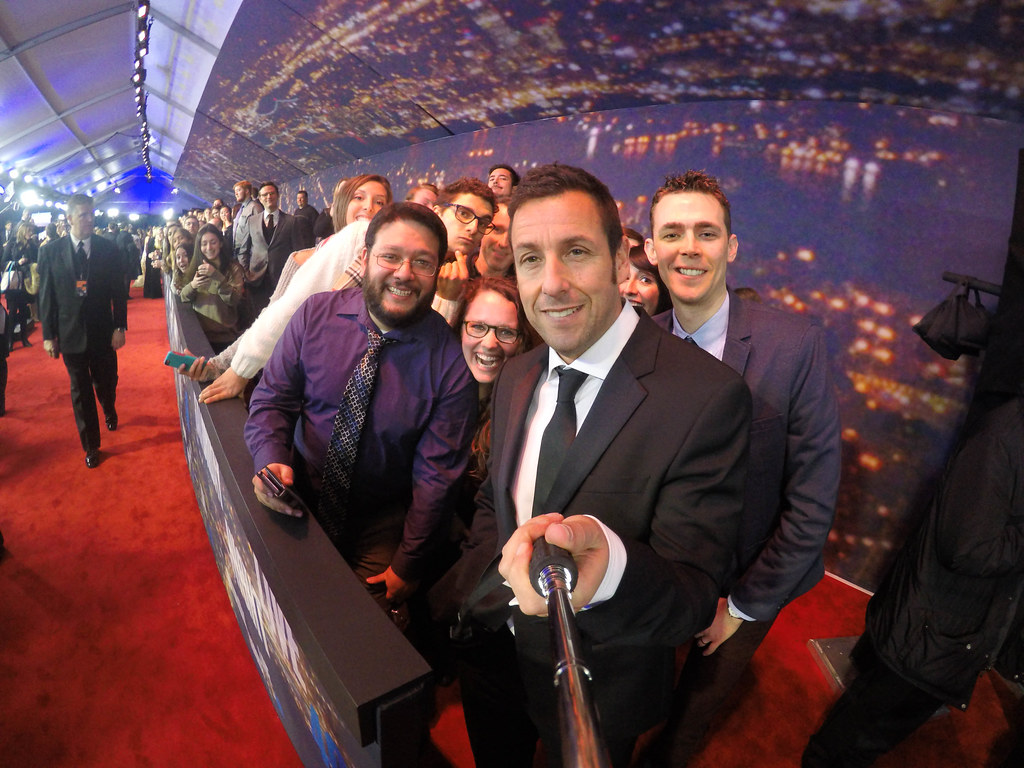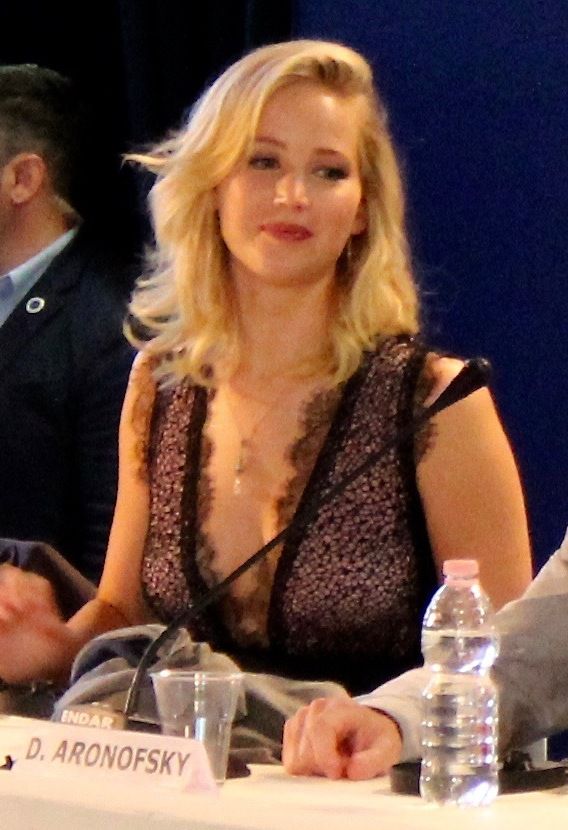
Darren Aronofsky’s 2017 psychological horror film, ‘Mother!’, stands as a cinematic landmark that shattered expectations, divided audiences, and ignited fervent discussions unlike perhaps any other film in recent memory. It was more than just a movie; it was an experience, a visceral journey into the mind of its creator, leaving an indelible mark on critical discourse and public perception alike. Its very title, with its peculiar lowercase ‘m’, hinted at layers of meaning awaiting discovery, a deliberate choice by Aronofsky that invited audiences to look beyond the surface.
Released globally and premiering at the prestigious 74th Venice International Film Festival, ‘Mother!’ quickly established itself as a film designed not to comfort, but to provoke. From its enigmatic plot, which follows a young woman whose tranquil life is disrupted by increasingly chaotic events, to its intense allegorical underpinnings, the film demanded an active, often uncomfortable, engagement from its viewers. It became a litmus test, revealing as much about the audience’s willingness to confront challenging art as it did about the film’s own artistic merits.
We are about to embark on an in-depth exploration of this cinematic enigma, unraveling its unique production secrets, its star-powered performances, the profound allegories meticulously woven into its fabric, and the intense reactions—both adulation and condemnation—it provoked across the globe. Prepare to dive deep into a film that defies easy categorization and demands introspection, a true testament to the power of provocative storytelling.

1. **Aronofsky’s Vision: The Genesis of ‘Mother!’**: Darren Aronofsky’s creative journey leading to ‘Mother!’ took an unexpected turn after his 2014 film, ‘Noah.’ Initially, he had been working on a children’s film, a stark contrast to the intense psychological horror that would eventually emerge. However, during that process, a new, compelling idea seized him, leading to the rapid creation of the screenplay for ‘Mother!’ It’s a remarkable fact that he penned this complex script in an astonishing five days, a pace significantly faster than his usual writing process. This almost instantaneous output suggests a profound, almost urgent, artistic impulse driving the film’s very conception.
This deliberate ambiguity became a hallmark of the film, challenging viewers to engage with it on an emotional rather than purely logical level. The director himself openly acknowledged the unique, almost surreal nature of the narrative, describing it as “dream-logic.” He advised against over-analysis, stating clearly that “if you try to unscrew it, it kind of falls apart … it’s a psychological freak-out. You shouldn’t over-explain it.” This directive implicitly invited audiences to surrender to the film’s unsettling atmosphere and thematic currents rather than dissecting every plot point.

2. **The Star-Studded Cast: Beyond the Characters**: The film boasted an undeniably impressive ensemble, led by Jennifer Lawrence as Mother and Javier Bardem as Him. Their casting was a significant event in Hollywood, with Lawrence reportedly entering talks to join the film by October 2015, and Bardem following suit in January 2016. These acclaimed actors brought immense gravity and star power to their abstract, highly symbolic roles, drawing immediate attention to the project.
The supporting cast was equally formidable and deeply impactful, featuring veteran talents like Ed Harris as Man and Michelle Pfeiffer as Woman, along with Domhnall Gleeson as Oldest Son and Brian Gleeson as Younger Brother. Even Kristen Wiig, known for her comedic prowess, joined the cast in a more dramatic role, playing the herald. A curious detail about the film’s credits, as noted by Aronofsky himself, was the deliberate choice to render all character names in lowercase, with the single exception of “Him,” a subtle yet potent hint at the character’s allegorical significance and the film’s deeper meaning.
Jennifer Lawrence’s remuneration for her role was a substantial $15 million, underscoring her immense stature and drawing power in the industry at the time. Michelle Pfeiffer and Ed Harris also commanded significant earnings for their contributions, earning $5 million and $3 million respectively. This considerable investment in A-list talent highlighted the ambition of the project, assembling a cast capable of navigating the film’s complex psychological landscape and delivering performances that resonated with its allegorical demands.

3. **Unraveling the Allegory: A Deep Dive into Biblical Themes**: At its very heart, ‘Mother!’ is an intricately woven allegory, a fact explicitly confirmed by its lead actress, Jennifer Lawrence. She unequivocally stated in an interview that the film “depicts the rape and torment of Mother Earth,” thereby positioning her character, Mother, as the embodiment of “Mother Earth.” This direct interpretation provides a crucial and illuminating lens through which to view the escalating destruction and chaos that relentlessly unfolds within the country home.
The allegorical framework extends deeply to other principal characters, with Lawrence further explaining the profound symbolism. Javier Bardem’s character, Him, an acclaimed poet struggling with writer’s block, “represents a form of God, a creator.” This powerful parallel casts Him as a divine figure, responsible for creation but also detached from its consequences. Michelle Pfeiffer’s character, Woman, is explicitly cast as an “Eve to Ed Harris’s Adam,” solidifying the film’s direct allusions to foundational biblical narratives. The narrative even incorporates elements reminiscent of the story of Cain and Abel, particularly through the violent conflict that erupts between Man and Woman’s two sons, leading to tragic consequences.
The setting itself, a large house that morphs into a beautiful home in an “edenic landscape,” frequently evokes the imagery of the Garden of Eden. This serene beginning gradually deteriorates into a space of relentless desecration, invasion, and ultimately, catastrophic destruction. This continuous transformation, mirroring the degradation of the Earth, underscores the film’s piercing commentary on creation, the relentless demands placed upon it, the pervasive nature of human destruction, and the cyclical pattern of humanity’s often fraught relationship with its environment and its creator. It forces the audience to confront profound questions about sustenance, exploitation, and renewal.

4. **The Controversial Score: Embracing Silence**: ‘Mother!’ marked a significant and notable departure in Darren Aronofsky’s acclaimed filmography, as it was his first feature without the enduring involvement of his long-time and frequent collaborator, composer Clint Mansell. This artistic decision, made early in the production, inadvertently set the stage for an extraordinarily unique auditory experience, or perhaps more accurately, the profound and deliberate absence of one.
Initially, the film did indeed have a complete score, meticulously composed by the acclaimed Jóhann Jóhannsson. However, after the painstaking process of syncing the entire 90-minute score with a rough cut of the film, Aronofsky and Jóhannsson made the audacious, almost unprecedented, decision not to use it. They experimented extensively, first trying to incorporate only a few moments of the score, then attempting a minimal version integrated with intricate sound design crafted by Craig Henighan, which incorporated various noises into the very soundscape of the house. Yet, after these rigorous trials, they ultimately concluded that the film “worked best with no music.” This radical choice was a masterstroke, forcing the audience into an unsettling, almost suffocating, silence that amplified the psychological horror and pervasive discomfort, making the house’s creaks and visitors’ intrusions all the more jarring.
Composer Ólafur Arnalds later provided a beautiful and insightful articulation of the profound artistic integrity that underpinned this challenging decision, recounting Jóhannsson’s remarkable selflessness. Arnalds stated, “My favorite Jóhann story is when he had spent a year writing the score for Darren Aronofsky’s ‘Mother!’ and at some point realised that the film was better with no music at all. He proceeded to convince Darren to delete everything. It takes a real, selfless artist to do that. To realise the piece is better without you. The most important part of creating art is the process, and Jóhann seemed to understand process. The score needed to be written first in order to realise that it was redundant. So in my view, Mother! still has a score by Jóhann. The score is just silence … deafening, genius silence.” This powerful anecdote highlights a profound artistic commitment to the film’s singular vision, where the very absence of music became its most powerful and unsettling element, save for Patti Smith’s poignant cover of Skeeter Davis’s “The End of the World” performed over the closing credits, which offered a final, melancholic grace note.

5. **A Polarizing Release: Box Office Performance and the “F” CinemaScore**: Released in the United States by Paramount Pictures on September 15, 2017, ‘Mother!’ generated significant anticipation owing to its high-profile director and A-list cast. However, its box office performance ultimately proved to be as contentious and polarizing as the film itself. The movie grossed a worldwide total of $44.5 million against its production budget of $30 million, with $17.8 million of that coming from the United States and Canada. Despite initial projections for its opening weekend ranging from $12–14 million, it opened to a comparatively modest $7.5 million, finishing third at the box office.
The film’s underperformance in North America was widely attributed to a confluence of factors, including its “controversial narrative” and what some publications, such as Deadline Hollywood, described as “misleading advertisements.” A particularly significant and almost universally discussed factor was its rare and infamous “F” CinemaScore grade. This rating, determined by audience surveys on opening night, is an exceptionally uncommon occurrence. As of April 2020, ‘Mother!’ was one of only 22 films in history to ever receive such a low rating, which is typically associated with movies that “go out of their way to artfully alienate or confuse audiences,” as noted by various industry publications.
Darren Aronofsky himself directly addressed the film’s “F” CinemaScore, remarkably embracing it as a validation of his artistic intent rather than a mark of failure. He boldly stated, “How if you walk out of this movie are you not going to give it an ‘F’? … We wanted to make a punk movie and come at you. And the reason I wanted to come is because I was very sad and I had a lot of anguish and I wanted to express it.” This response underscored the film’s deliberate challenge to conventional audience expectations, suggesting that its divisive reception was not an accident but an intended outcome of its raw and uncompromising artistic expression.

6. **Critical Divide: Rave Reviews vs. Harsh Rebukes**: Critical reception for ‘Mother!’ was notoriously polarized, a testament to its daring, unconventional, and ultimately unclassifiable nature. The film’s world premiere at the 74th Venice International Film Festival immediately signaled its divisive impact, receiving both boos and a standing ovation during its screening, setting the stage for the intense discussions that would follow. On the review aggregator website Rotten Tomatoes, 68% of 377 critics’ reviews were positive, yielding an average rating of 7/10. The website’s consensus acknowledged its challenging nature, stating: “There’s no denying that Mother! is the thought-provoking product of a singularly ambitious artistic vision, though it may be too unwieldy for mainstream tastes.” Similarly, Metacritic, which uses a weighted average, assigned the film a score of 76 out of 100, based on 51 critics, indicating “generally favorable” reviews.
Many critics enthusiastically lauded the film for its bold artistic vision, Aronofsky’s direction, and the powerful performances of its lead actors. Peter Travers of Rolling Stone awarded the film three and a half out of four stars, powerfully describing it and Aronofsky’s direction as an “artist’s cry from his own corrupt heart” and “a work of a visionary.” He particularly praised Lawrence, Bardem, and Pfeiffer, noting that the cinematography “always seems on the verge of exploding.” Peter Bradshaw of The Guardian was equally effusive, bestowing five stars and declaring ‘Mother!’ a “toweringly outrageous film,” “an event-movie detonation, a phantasmagorical horror and black-comic nightmare that jams the narcosis needle right into your abdomen.” Even legendary director Martin Scorsese weighed in, penning an essay for The Hollywood Reporter. He hailed the film as “so tactile, so beautifully staged and acted—the subjective camera and the POV reverse angles, always in motion … the sound design, which comes at the viewer from around corners and leads you deeper and deeper into the nightmare … the unfolding of the story, which very gradually becomes more and more upsetting as the film goes forward.” Scorsese concluded by stating, “Only a true, passionate filmmaker could have made this picture, which I’m still experiencing weeks after I saw it.” Directors William Friedkin and Denis Villeneuve also cited it as among their favorite films.
However, the film faced equally strong, if not more visceral, condemnations. Rex Reed of The New York Observer famously awarded the film zero stars, lambasting it as the “Worst movie of the year, maybe century,” and summarily dismissing other critics’ positive reviews as “equally pretentious” and “even nuttier than the film itself.” He added that “they all insist Mother! is a metaphor for something, although they are not quite sure what it is.” Other critics echoed sentiments of frustration and confusion. Jo Livingstone of The New Republic found that the film had “no human center to hold it down,” while Anthony Lane, writing in The New Yorker, confessed, “My patience was tested beyond repair, I am afraid, by the nimbus of nonsense.” Chris Nashawaty of Entertainment Weekly called it “Rosemary’s Baby amped up into a fugue state of self-indulgent solipsism,” scathingly criticizing Aronofsky for gazing “so deep into his own navel that it’s just exasperating.” Stephen Whitty of the Newark Star Ledger concluded that “The feeble idea behind Mother! isn’t strong enough to bear the weight of all the overwrought style he hangs on it.” This vast chasm in critical opinion solidified ‘Mother!’ as a rare cinematic Rorschach test, often revealing more about the viewer’s personal boundaries and artistic preferences than a definitive judgment on the film itself.
Let’s transition from the specific, controversial artistic interpretation to the broader, deeply human understanding of motherhood, exploring its multifaceted definitions and the powerful roles mothers play in our lives. We’ll uncover what “mother” means through the insightful perspectives of various individuals, highlighting themes of unconditional love, nurturing, sacrifice, protection, and the lasting impact of a mother’s presence. This journey into the heart of motherhood promises to be as rich and varied as the experiences themselves.

7. **Mothers Are Role Models**: Mothers stand as quintessential role models in a child’s life, subtly and overtly shaping their worldview, values, and future. It’s a truth that often becomes most apparent through personal experience, as Siobhan Alvarez of Mimosas & Motherhood eloquently noted: “I don’t think it was until I became a mom myself that I was able to truly understand just what being a mother means: sacrifice.” This understanding deepens as one steps into the demanding yet immensely rewarding shoes of parenthood. The very act of becoming a mother brings with it a profound shift in perspective, revealing the depth of the commitment involved.
Mothers embody a multitude of roles beyond simply providing care. They are often the first teachers, guiding tiny hands and minds through the complexities of the world, and fierce protectors, standing as an unwavering shield against life’s challenges. They are also trusted friends, confidantes, and counselors, offering a listening ear and wise counsel. As Siobhan Alvarez further articulated, a mother is “someone you can always turn to when you need help, no matter how much you drive her crazy,” underscoring their unwavering availability and patience.
This incredible capacity for support extends to being a child’s biggest cheerleader, celebrating every small victory and offering encouragement through every setback. In many remarkable ways, mothers truly earn the title of superheroes. Their tireless dedication, ability to juggle countless responsibilities, and enduring spirit in the face of adversity paint a picture of extraordinary strength and selflessness that children often look up to and emulate throughout their lives.
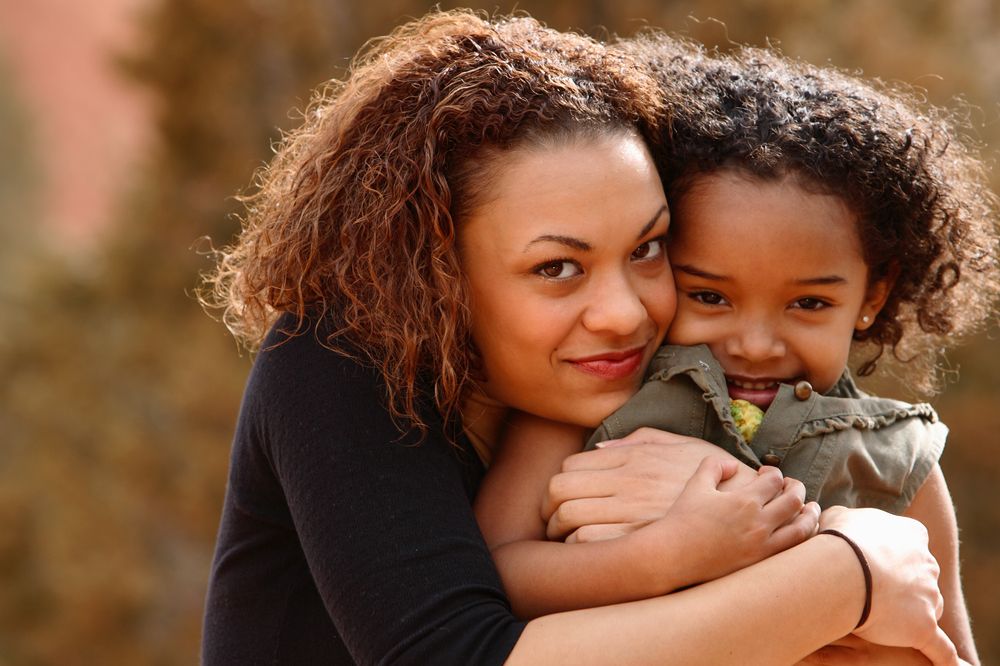
8. **A Mother Is A Nurturer**: At the very core of motherhood lies the profound act of nurturing. It’s a comprehensive role that extends far beyond physical sustenance, encompassing emotional, intellectual, and spiritual nourishment. As William Taylor from VelvetJobs described, a mother is a “nurturer, a friend, a guide, a confidant, a counselor, your greatest ally and supporter.” This multifaceted support system forms the bedrock upon which a child’s development and sense of security are built, fostering growth in every facet of their being.
While a mother often acts as the greatest advocate and unwavering supporter, this role doesn’t preclude honest feedback. Taylor further noted that a mother is “sometimes your biggest critic, but always the person that will fight for you the hardest.” This blend of tough love and fierce loyalty highlights the nuanced nature of maternal guidance. It demonstrates a commitment to a child’s genuine well-being, even when that means delivering difficult truths, always with the underlying promise of steadfast support and a willingness to fiercely defend their own.
The essence of a mother’s nurturing spirit lies in her unwavering capacity to love and protect her child, even in the face of their faults. This unconditional acceptance fosters an environment where children feel secure enough to explore, make mistakes, and learn, knowing they are enveloped in a love that sees beyond imperfections. This comprehensive nurturing enables a child to develop resilience, confidence, and a strong sense of self, preparing them to navigate the world with a robust emotional foundation.
9. **A Mother Is Safe**: For a child, a mother often represents the ultimate haven—a sanctuary where they feel completely secure and loved. As Heather Hoke of Embracing Chaos with Love articulated, “A Mother is a child’s safe space, their protector.” This inherent sense of safety is paramount, providing the emotional security necessary for a child to explore the world, take risks, and develop their independence, always knowing there’s a secure base to return to.
Beyond mere protection, a mother serves as a child’s biggest advocate, tirelessly championing their needs and interests in all spheres of life. This advocacy goes hand-in-hand with nurturing and supporting a child’s journey, empowering them to become the best version of themselves. A mother invests immense effort every day, ensuring her child acquires the essential knowledge and skills needed to navigate life successfully, from basic life lessons to complex emotional intelligence. Her love fuels this relentless commitment.
The profound connection between a mother and child creates a unique bond of trust. A child can always turn to their mother, confiding their deepest fears and triumphs, with the certainty of receiving love, acceptance, and constructive advice. In the early years, mothers establish clear boundaries that allow children to flourish within a structured yet freeing environment. In later years, this shifts to providing consistent unconditional love and support, ensuring their child always feels understood and cherished, no matter their age or situation.

10. **Mothers Have Unconditional Love**: Unconditional love stands as one of the most celebrated and profound hallmarks of motherhood, a boundless affection that asks for nothing in return. It is a love that transcends circumstances, mistakes, and challenges, providing a constant, unwavering source of acceptance and warmth. This deep, inherent love often defines the very essence of the maternal bond, serving as a powerful and enduring force throughout a child’s life.
This extraordinary capacity for unconditional love provides a foundational sense of security for children, fostering an environment where they feel completely safe to be themselves. It means that no matter what difficulties arise, or what choices a child makes, a mother’s love remains steadfast, offering a refuge of understanding and forgiveness. This constant emotional presence is a critical anchor, allowing children to grow with confidence and resilience, knowing they are cherished simply for who they are.
The unique nature of a mother’s unconditional love is frequently cited as one of the purest and most powerful forms of affection. It fuels her patience, her sacrifices, and her relentless efforts to ensure her child’s well-being and happiness. This enduring wellspring of affection not only nurtures the child but also serves as a model for empathy and compassion, shaping their capacity to give and receive love in their own lives.

11. **Mothers Protect**: The instinct to protect is perhaps one of the most primal and powerful aspects of motherhood, deeply embedded in the very fabric of the maternal role. From the moment of a child’s conception, a mother’s natural inclination is to shield, defend, and safeguard her offspring from all perceived harms. This fierce dedication to protection underscores the profound commitment a mother undertakes, placing her child’s safety and well-being above her own.
Mothers serve as vigilant guardians, often sensing danger before it manifests, and acting decisively to shield their children from physical harm, emotional distress, and negative influences. This active role extends beyond immediate physical threats, encompassing a tireless advocacy for their children’s rights, health, and happiness within society. They are the first line of defense, ready to confront any challenge that might threaten their beloved little ones.
The protective instinct manifests in myriad ways, from ensuring a safe home environment to fighting for their child’s educational needs or advocating for their emotional and psychological well-being. This constant, unwavering vigilance provides children with a profound sense of security, allowing them to navigate the world with confidence and courage. A mother’s protective embrace is a lifelong reassurance, a testament to her enduring love and dedication.

12. **A Mother Teaches You**: Beyond providing sustenance and protection, a mother serves as a child’s most influential and often first teacher, imparting invaluable lessons that shape their entire lives. From the earliest days, a mother guides her child through fundamental discoveries, patiently explaining the world around them. As Siobhan Alvarez aptly noted, “Moms are teachers,” a role they embrace with dedication and an innate desire to see their children thrive.
These teachings extend far beyond academic lessons, encompassing practical life skills essential for independent living, such as hygiene, manners, and basic problem-solving. More profoundly, mothers instill crucial moral values, ethical considerations, and a sense of empathy, shaping their child’s character and guiding their understanding of right and wrong. They teach by example, demonstrating resilience, kindness, and perseverance in their daily lives.
The impact of a mother’s teachings is lifelong, creating a foundation upon which a child builds their personality, beliefs, and understanding of human relationships. She helps children navigate the complexities of social interactions, emotional intelligence, and self-expression. This continuous guidance, often delivered with boundless patience and unwavering love, equips children with the wisdom and tools they need to face life’s challenges and opportunities, fostering independent and compassionate individuals.

13. **Being A Mom Means Sacrifice**: At the heart of the profound bond between a mother and her child lies a pervasive and often quiet understanding: motherhood demands immense sacrifice. It’s a truth that resonates deeply with those who embrace the role, as articulated by Siobhan Alvarez: “You sacrifice your body, your quality sleep, your time, and your lifestyle.” These are not minor concessions but fundamental shifts, willingly made in exchange for something far more valuable.
The sacrifices are tangible and multifaceted. Physically, a mother’s body undergoes extraordinary changes through pregnancy and childbirth, often with lasting impacts. Sleep becomes a luxury, interrupted by nighttime feedings, comforting cries, and early morning demands. Personal time, once a given, shrinks dramatically, replaced by the constant needs of a growing child. Hobbies, social outings, and even career aspirations may be reshaped or temporarily set aside.
Yet, these profound sacrifices are not viewed as burdens but as integral parts of the journey towards what Alvarez describes as “the most amazing, wonderful, and hardest job in the world.” This inherent selflessness, the willingness to prioritize another’s well-being and development above one’s own comfort or desires, truly defines the depth of a mother’s love and commitment. It is this spirit of giving that makes motherhood a uniquely powerful and transformative experience.
As we conclude our journey through the multifaceted concept of “mother,” it becomes abundantly clear that this role transcends any single definition, embodying a rich tapestry of profound qualities. From the foundational safety a mother provides to the unwavering unconditional love that lights a child’s path, and the selfless sacrifices made daily, the essence of motherhood is one of unparalleled dedication and enduring impact. Whether seen as a nurturing guide, a fierce protector, a vital role model, or a tireless teacher, mothers shape not only individual lives but the very fabric of society. Their influence, characterized by a deep and abiding love, is a powerful force that continues to inspire, support, and transform, generation after generation.”

